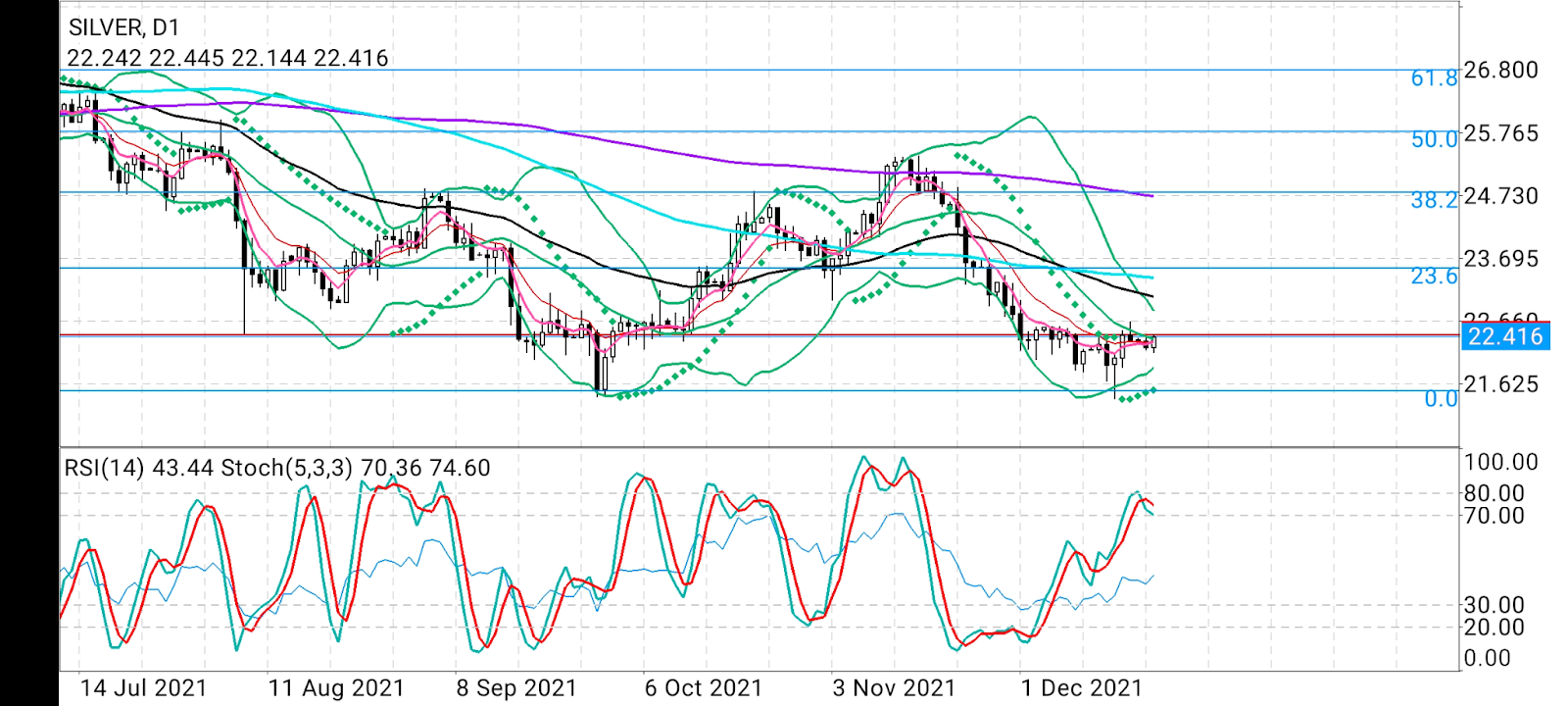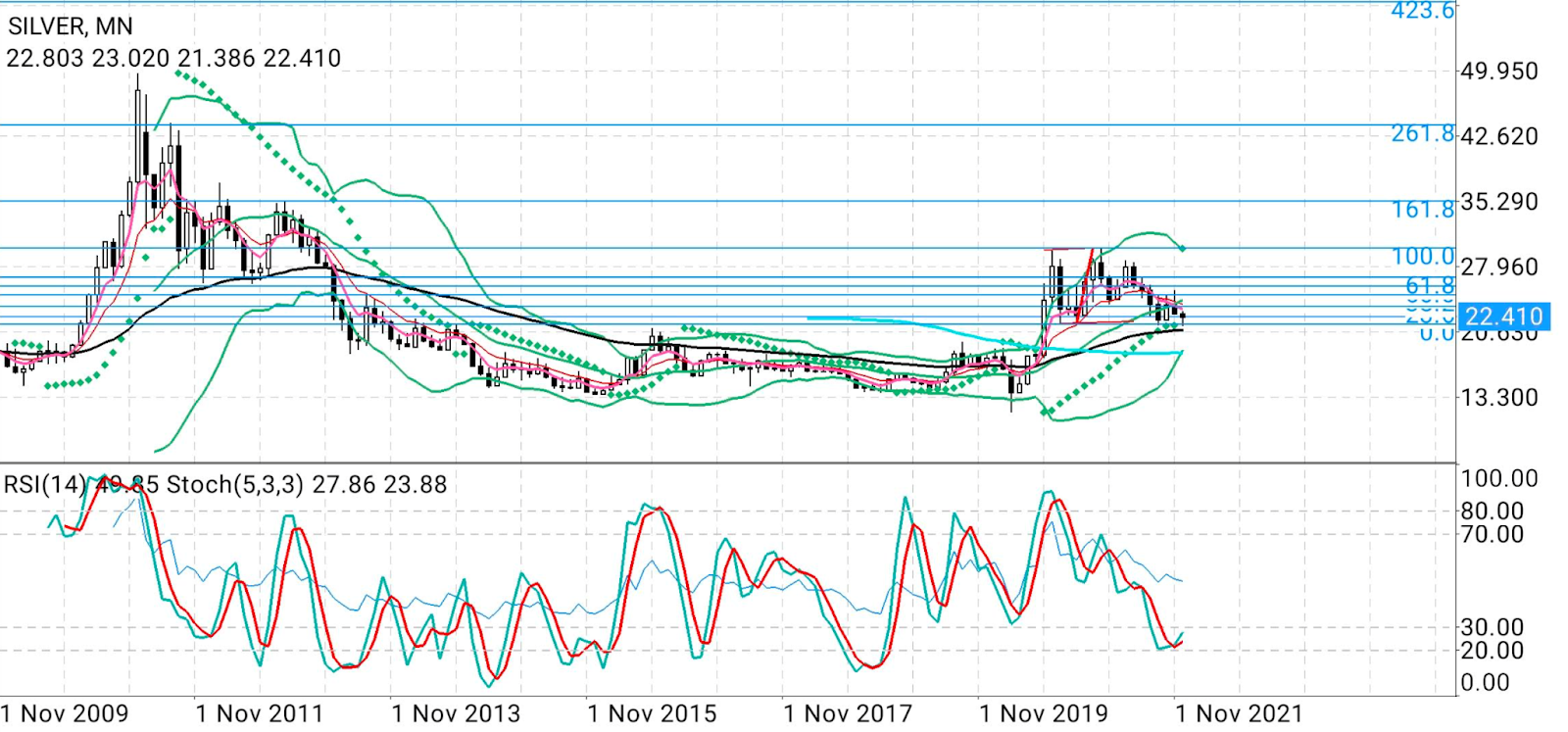All the talk of vehicle electrification and transition to clean energy in the United States has fallen flat for silver, leaving longs with the metal’s worst annual loss in seven years.
And the industrial case for silver may not get much better in the new year if President Joe Biden’s $1.75 trillion ‘Build-Back-Better’ agenda stalls from opposition by renegade Democratic senator Joe Manchin.
Silver is one of the key components in the manufacture of electric vehicles and solar panels and Biden’s economic recovery plan has generous tax incentives for buyers of both.
Biden signed into law in November a separate $1 trillion infrastructure bill that sets aside $7.5 billion to create a nationwide network of electric-vehicle charging stations. Another $65 billion will go toward various clean energy and renewables for the nation's electricity grid.
Where silver might benefit most is the tax credit in the Build-Back-Better plan that cuts as much as $12,500 from electric vehicle purchases. The plan also grants a 10-year solar tax credit that cuts the cost of rooftop solar by up to 30%. These incentives are seen as rather supportive for the purchase of electric vehicles and solar panels, and could materially boost prices of silver and speciality metals involved in the cleaner energy transition.
Silver is often called “gold’s poorer cousin” on the basis that an ounce of it is worth 80 times less than that of the yellow metal.
But as 2021 winds to a close, it’s not just the price of silver that’s taking a beating. Silver’s losses are 2-½ times that of gold this year and the worst since 2014 for the so-called white metal.
As of Monday’s settlement of $22.27 for an ounce traded on New York’s COMEX, silver was down almost 16% on the year from the December 2020 close of $26.47. Gold futures, in contrast, are down just over 6% on the year.
COMEX silver’s year-to-date loss is also the most since 2014 when it fell 19.5%.

All charts courtesy of skcharting.com
Silver has solid industrial-based fundamentals, but it has been playing second fiddle to gold for years, meaning a rally by itself, sans the yellow metal, seldom survives.
More than 50% of silver’s demand originates from industrial use. As a malleable metal, it is just as good as gold for jewelry making. It is also a good conductor of electricity, and used extensively in the manufacture of electronics components.
The transition to clean energy is expected to drive physical demand for silver in the coming years, particularly for connections in electric vehicles and for components within solar panels.
The rollout of fifth generation (5G) telecom networks is also set to become a growing source of demand.
Silver prices have also been hurt this year “by softness in key end markets, especially the jewelry market,” John Mothersole, a senior official of research firm IHS Markit, said in a report carried recently by Barron's.
Silver has a much “smaller industrial metals component, and is mainly seen as a high beta version of gold,” so when gold falls, silver falls even more, Decio Nascimento, chief investment officer at global macro hedge fund Norbury Partners, said in the same report.

Silver’s industrial metals characteristics “won’t be relevant for the price in the near future,” he says, adding that the precious metal probably has not reached a bargain price level yet, with real interest rates likely to be higher next year. That would probably lead precious metals to underperform. Silver futures touched intraday lows this year under $22 an ounce in late September.
Even so, the supply of silver may grow in 2022, as current prices of $22 to $23 will “incentivize mine production,” KC Chang, senior economist, nonferrous metals, pricing and purchasing at IHS Markit, told Barron's.
IHS Markit forecasts an average silver price of $20 an ounce next year, as “less accommodative monetary policy and flat retail jewelry demand limit upward movement,” Chang added.
How About Silver’s Technicals In The New Year?
Sunil Kumar Dixit, chief technical strategist at skcharting.com, says silver may show some recovery in 2022, with a potential reach to $23.55 and extension to $24.80 based on chart support evident through this year.
“The caveat though is that if it fails to clear through $24.80, that could expose the metal to the downside of the $21 handle,” he said.

Based on his study of the spot price of silver—which shows more stability than futures—the $21 support was clear and present through 2021, Dixit said.
He added:
“A careful look at spot silver’s monthly chart shows that the metal has been strongly supported by the $21 handle since September 2020 on multiple swings.”
“Weekly and monthly charts have positive crossover of Stochastic lines, which may bring some recovery to the 23.6% Fibonacci level at $23.55 and the 38.2% Fibonacci level at $24.80, which is a critical point of decision for further extension toward the 50% Fibonacci level at $25.80. Failure to strike through $24.80 would be bearish for silver, prompting a likely reversal to the 50 month Exponential Moving Average of $21.00.”
Disclaimer: Barani Krishnan uses a range of views outside his own to bring diversity to his analysis of any market. For neutrality, he sometimes presents contrarian views and market variables. He does not hold a position in the commodities and securities he writes about.
